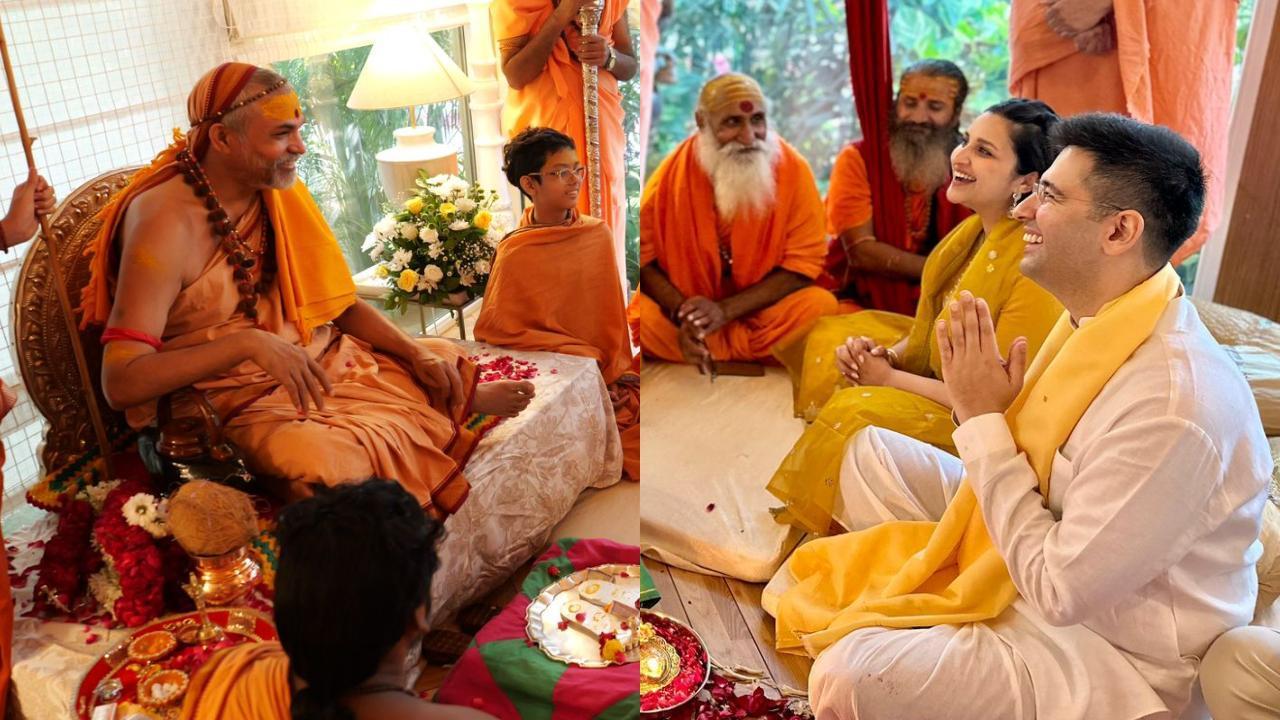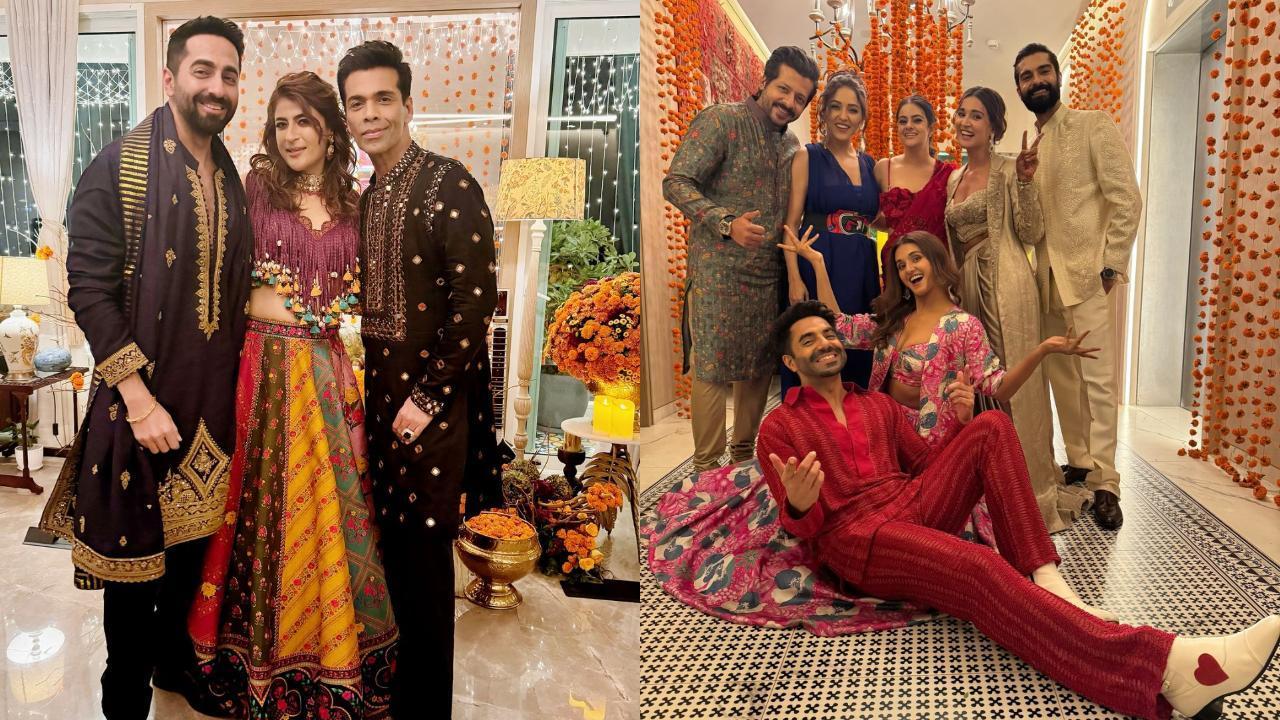
In an unexpected turn of events at the premiere of the highly anticipated Telugu film “Love Reddy,” actor NT Ramaswamy found himself at the center of a heated exchange that quickly became the talk of social media. Known for his compelling portrayal of antagonistic roles, Ramaswamy’s latest character has stirred strong emotions among audiences, culminating in an unusual confrontation.
“Love Reddy,” directed by the promising filmmaker Smaran Reddy, is a rural romantic drama that hit the screens on October 18, 2024. The narrative revolves around the romantic journey of the lead couple, portrayed by Anjan Ramachendra and Sharvani Krishnaveni. The plot thickens with the entry of Ramaswamy’s character, who attempts to disrupt their relationship, providing much of the movie’s dramatic tension.
The film has been a subject of discussion due to its portrayal of intense emotional conflicts and the lengths to which Ramaswamy’s character goes to create havoc. One particularly harrowing scene depicts him in a fit of rage, inflicting harm upon himself with a stone, a portrayal that has left a lasting impression on audiences.
Following the film’s screening, the cast and crew engaged with the audience in a customary interaction session, sharing insights and stories from behind the scenes. It was during this interaction that an unexpected incident unfolded, leaving everyone present in shock.
A woman from the audience, visibly agitated, approached Ramaswamy with determination. Without hesitation, she slapped the actor across his face, grabbing him by the collar. She vocally expressed her discontent with the character Ramaswamy portrayed, seemingly unable to separate the actor from the villainous role he had embodied on screen. The altercation was captured on video and swiftly propagated across various social media platforms, garnering a wide array of reactions from the online community.
.
The reaction within the cinema hall was immediate as fellow cast members and the crew attempted to defuse the situation. Eyewitnesses described a tense atmosphere as attendees were divided between those who condemned the woman’s actions and others who empathized with her emotional response to the film.
Notably, the woman’s reaction has sparked a broader conversation about the impact of film and media on audiences and the responsibilities of filmmakers and actors in portraying sensitive topics. The incident has reignited discussions on the fine line between fiction and reality and the influence of on-screen narratives on viewers’ emotions and perceptions.
“Love Reddy” has been praised for its bold storytelling and compelling performances, yet this incident underlines the powerful effect cinema can have on its audience. Critics have lauded NT Ramaswamy’s portrayal as convincingly intense, bringing depth and complexity to his role as an antagonist. However, this incident has highlighted the challenges actors face when their on-screen personas spill over into real life.
In response to the incident, the production team released a statement empathizing with the woman’s emotional reaction while urging audiences to remember the distinction between fiction and reality. They reiterated the objective of cinema as a vehicle for storytelling and expression, inviting viewers to engage with characters on a conceptual level.
This event marks another chapter in the discussion surrounding cinema’s role in society, reminding us of the diverse interpretations and reactions that stories can elicit. The unexpected clash has not only shone a spotlight on NT Ramaswamy’s striking performance but also opened a dialogue about the dynamic relationship between audiences and the art they consume.
As “Love Reddy” continues to screen across numerous theaters, the incident remains a talking point, perhaps even a catalyst for increased audience interest. Whether viewed as a cautionary tale or a testament to the power of performance art, this event underscores the enduring impact of storytelling in its many forms.










